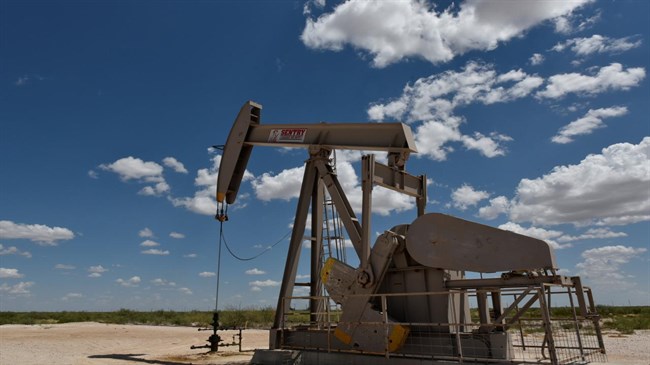
IEA sees world oil market 'adequately supplied'


The International Energy Agency said in its monthly report that the world’s spare oil production capacity was already down to only two percent of global demand, with further reductions likely to come, Reuters reported.
“This strain could be with us for some time and it will likely be accompanied by higher prices, however much we regret them and their potential negative impact on the global economy,” the Paris-based IEA said.
Members of the Organization of the Petroleum Exporting Countries (OPEC) and other exporters such as Russia and US shale producers had increased oil production sharply since May, the IEA said, raising output by 1.4 million barrels per day (bpd).
Overall OPEC had boosted production by 735,000 bpd since May as Middle East Persian Gulf producers such as Saudi Arabia and the UAE more than compensated for declining output in Venezuela and Iran, which is facing US sanctions from next month.
And the outlook for world oil consumption was faltering.
The IEA cut its forecast of global oil demand growth by 0.11 million bpd for both this year and next to 1.28 million bpd and 1.36 million bpd respectively.
“This is due to a weaker economic outlook, trade concerns, higher oil prices and a revision to Chinese data,” said the IEA, which advises major oil consumers on energy policy.
OECD commercial stocks rose by 15.7 million barrels in August to 2.854 billion barrels, their highest level since February, on strong refinery output and liquefied petroleum gas restocking, the IEA said.
It added that OECD inventories were likely to have risen by 43 million barrels in the third quarter, the largest quarterly increase in stocks since the first quarter of 2016.
“The increase in net production from key suppliers since May of approximately 1.4 million bpd, led by Saudi Arabia, and the fact that oil stocks built by 0.5 million bpd in 2Q18 and look likely to have done the same in 3Q18, lends weight to the argument that the oil market is adequately supplied for now,” the IEA said.


Trump weighs using $2 billion in CHIPS Act funding for critical minerals

Codelco cuts 2025 copper forecast after El Teniente mine collapse

Electra converts debt, launches $30M raise to jumpstart stalled cobalt refinery

Barrick’s Reko Diq in line for $410M ADB backing

Abcourt readies Sleeping Giant mill to pour first gold since 2014

Nevada army depot to serve as base for first US strategic minerals stockpile

SQM boosts lithium supply plans as prices flick higher

Viridis unveils 200Mt initial reserve for Brazil rare earth project

Tailings could meet much of US critical mineral demand – study

Kyrgyzstan kicks off underground gold mining at Kumtor

Kyrgyzstan kicks off underground gold mining at Kumtor

KoBold Metals granted lithium exploration rights in Congo

Freeport Indonesia to wrap up Gresik plant repairs by early September

Energy Fuels soars on Vulcan Elements partnership

Northern Dynasty sticks to proposal in battle to lift Pebble mine veto

Giustra-backed mining firm teams up with informal miners in Colombia

Critical Metals signs agreement to supply rare earth to US government-funded facility

China extends rare earth controls to imported material

Galan Lithium proceeds with $13M financing for Argentina project

Kyrgyzstan kicks off underground gold mining at Kumtor

Freeport Indonesia to wrap up Gresik plant repairs by early September

Energy Fuels soars on Vulcan Elements partnership

Northern Dynasty sticks to proposal in battle to lift Pebble mine veto

Giustra-backed mining firm teams up with informal miners in Colombia

Critical Metals signs agreement to supply rare earth to US government-funded facility

China extends rare earth controls to imported material

Galan Lithium proceeds with $13M financing for Argentina project

Silver price touches $39 as market weighs rate cut outlook

















